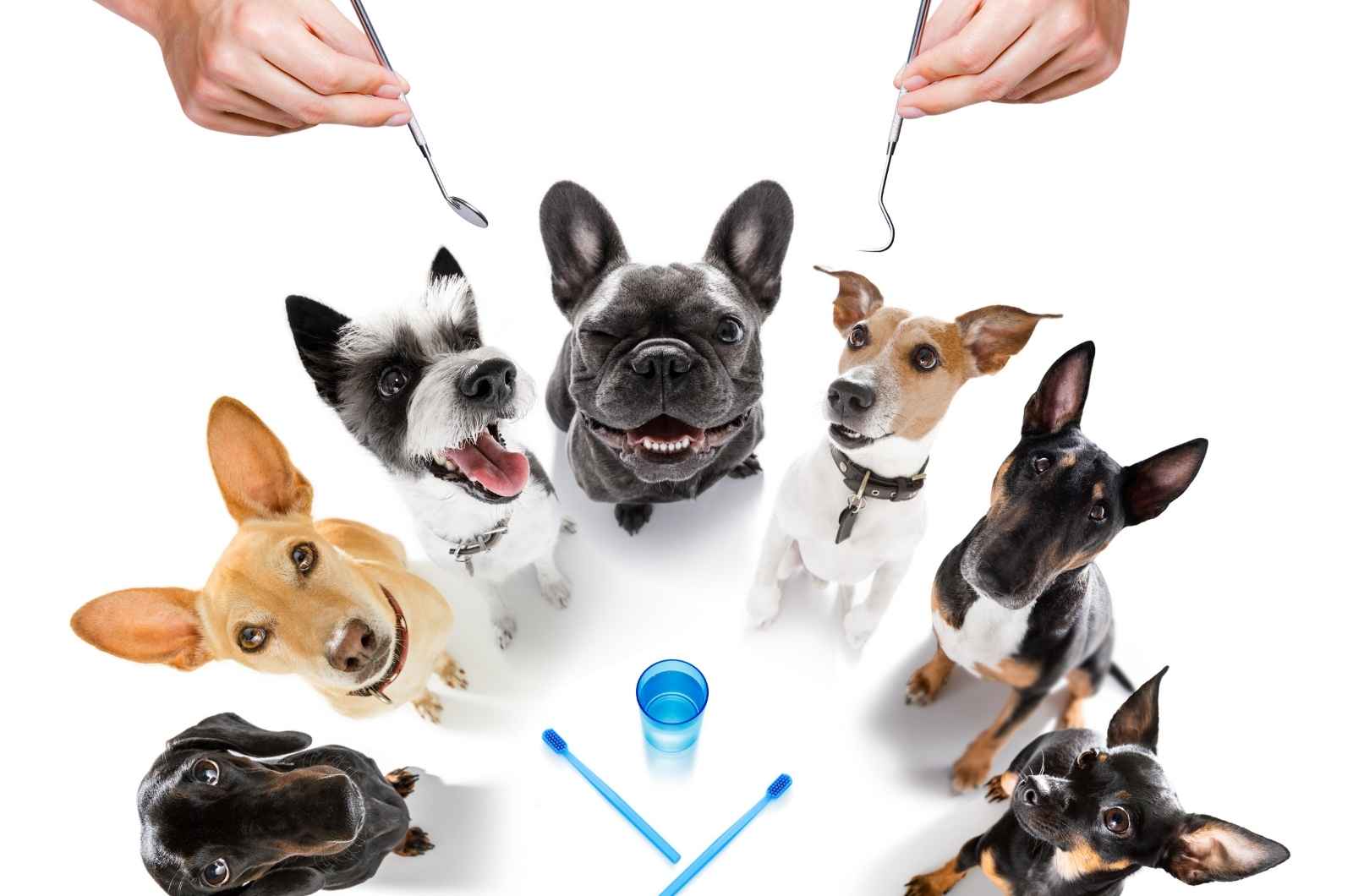Does your beloved four-legged friend seem to be having trouble controlling their bladder, leaving behind little puddles that they never used to? Are you wondering what could be causing this sudden change?
In our shared journey with our furry companions, we sometimes encounter health issues that leave us puzzled and seeking answers. One such issue that can arise in dogs of any age is urinary incontinence, a condition where a dog is unable to control its bladder. It's a problem that may leave you, as a dog owner, feeling concerned and desperate for solutions. Hold on, as this enlightening post will take a deep dive into the world of canine incontinence, dissecting the causes, and exploring the most effective treatment options on your journey to restore your canine companion's health and well-being.
Understanding Dog Incontinence: Causes and Symptoms
Dog incontinence is a condition that affects multiple dogs worldwide. This state is characterized by a dog's inability to control its urine, frequently leading to unintentional leakage.
Causes of Dog Incontinence
Several factors can cause incontinence in dogs. Sometimes, it's due to basic physical issues like a urinary tract infection, bladder stones, or spinal cord injury. Diseases linked to hormonal imbalance, such as hypothyroidism or Cushing's disease, can also lead to incontinence. Furthermore, the aging process can weaken the urinary sphincter muscles, resulting in "Hormone-Responsive Incontinence," primarily observed in older, neutered dogs.
Symptoms of Dog Incontinence
Telltale signs of incontinence include frequent urination, straining or discomfort during urination, wet spots where the dog was lying or sitting, and a strong smell of urine. While considering these symptoms, it's imperative to remember that only a trained veterinarian can make an accurate diagnosis. Therefore, if your dog displays any of these indicators, you need to take them to the vet for a professional check-up.
Effective and Safe Treatment Options for Dog Incontinence
If your furry friend struggles with incontinence, there's no need to feel disheartened. An array of effective and safe treatment options is available which can vastly improve the quality of life for your canine companion. It's important, however, to consult with a professional veterinarian before starting any treatment to ensure the most effective approach tailored specifically to your pet's needs.
Medications for Dog Incontinence
There are various medications available that can strengthen the urinary sphincter muscles and improve bladder control. These include phenylpropanolamine and estrogen-containing drugs. Always remember to follow the veterinarian's instructions, as improper dosage or misuse can have adverse effects on your dog's health.
Dietary Changes and Supplements
Adjusting your dog's diet might help manage incontinence. Foods that are low in magnesium and phosphorus can help prevent bladder stones, a common cause of incontinence. Dietary supplements, like cranberry extract and probiotics, may also support urinary health but should be given under guidance from a veterinarian.
Behavioural Modification Techniques
Training your dog to adhere to a regular bathroom schedule can be an effective way to control incontinence. Regular exercise also plays a role in maintaining general urinary health. Positive reinforcement and patience are key components of any behavioural modification routine.
Alternative Therapies
Acupuncture and physical therapy are additional options that may improve bladder control. While considered less conventional, these treatments may provide relief for some dogs, especially if incontinence is secondary to age or physical impairment.
Surgical Interventions
In severe cases, when other treatments fail to provide relief, surgery might be considered. Various surgical procedures can correct anatomical abnormalities or bolster bladder control. However, surgery should be seen as a last resort, after weighing all associated risks and benefits.
It's important to mention that successful dog incontinence treatment often involves a combination of these options as we will discuss more in the upcoming sections. Always consider the advice of your veterinarian to make sure your dog gets the best possible care.
Preventive Measures and Awareness
It takes a vigilant pet owner to spot urinary incontinence in dogs early. Keep a close eye on your dog and note any changes in his behavior, especially changes in urination habits and frequency. Increased thirst and changes in appetite might also indicate a urinary issue. Remember that early detection is key in resolving health problems of this nature.
Prevention, while not always possible, can also be a big help. Regular check-ups with your dog's veterinary doctor, proper nutrition, and a healthy lifestyle can keep your dog out of risk. Avoid giving your dog human medication unless prescribed by a veterinarian, as this could cause serious health problems, including incontinence.
Lastly, if your dog is diagnosed with incontinence, remember that this is not a death sentence. Many dogs live full, happy life even with this condition. Be patient and caring with your dog, and make sure to consult with your vet about the best treatment options.
